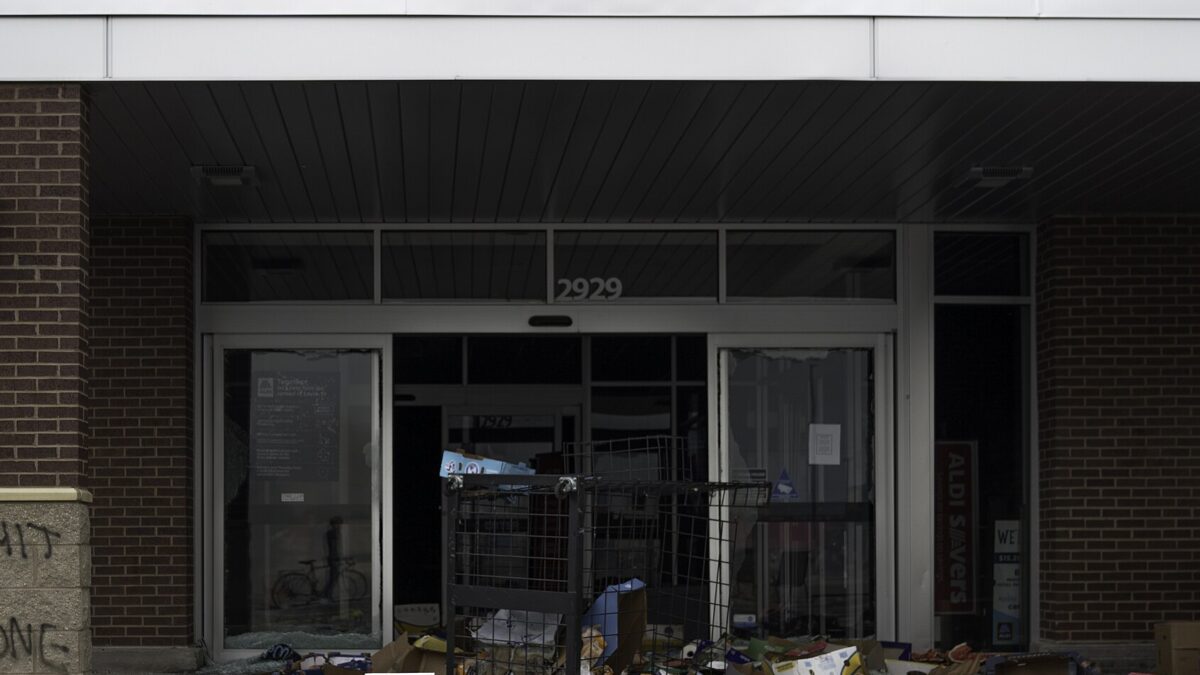
National Freedom Day commemorates the joint resolution submitting the 13th Amendment abolishing slavery to the states, signed by President Lincoln on February 1, 1865.
Today, slavery has been outlawed in every country, and we frequently treat it as a relic of the past. “Slavery is like polio,” as The Economist once noted. “Most westerners associate it with earlier, darker times in human history. Its eradication is a sign of human progress.” If only.
Despite the strides made over the last 155 years, slavery is alive and well. Slavery—the subjection of human beings to absolute, uninhibited, and unaccountable power—remains, in the words of former slave and abolitionist Frederick Douglass, “the most abject, the most terrible bondage every imposed on any portion of mankind.” As in centuries past, its “grand aim…always and everywhere, is to reduce man to a level with the brute.”
Combatting Modern Slavery
Over the past two decades, efforts to combat a wider array of forms of modern slavery have intensified. In October 2000 Congress passed the Trafficking Victims Protection Act of 2000 (TVPA), which has been reauthorized several times since, most recently in January 2019. In November 2000, the United Nations adopted the Protocol to Prevent, Suppress and Punish Trafficking in Persons, Especially Women and Children, often referred to as the Palermo Protocol, to supplement the UN Convention against Transnational Organized Crime.
While these measures are intended to promote international cooperation in combatting modern slavery, the term “trafficking” suggests that it is largely a transnational problem involving organized crime networks in far-away places. Most Americans, for example, think human trafficking requires movement across state or international borders. In reality, more than three-fourths of all modern slavery victims worldwide are exploited in their countries of residence—this is particularly true of victims of non-sexual forced labor.
Still, quantifying the extent of human trafficking remains challenging and controversial. The International Labour Office and Walk Free Foundation estimate that at least 40 million individuals worldwide were believed to be victims of forced labor and forced marriage in 2016, including more than 400,000 victims in the United States. Such figures have been criticized for being too high. Estimates from various American government agencies are far lower, but those estimates are also plagued by inconsistent definitions and methodological weaknesses, raising concerns that the number of modern slavery victims in the Unites States may be under-reported.
A variety of federal and state efforts are underway to improve modern slavery data collection. The latest reauthorization of the TVPA, for example, requires better reporting, and every state now has laws defining and criminalizing human trafficking. Yet significant gaps in identifying vulnerable populations remain—particularly among child victims.
Children at Greatest Risk for U.S. Trafficking
Foreign-born and illegally present children are one vulnerable population. Unaccompanied children who are smuggled into the United States often become trafficking victims when they are forced to pay the costs of bringing them across the border.
Forms of forced labor they endure involve sexual exploitation as well as domestic servitude as nannies or housekeepers, work in agriculture, restaurants and factories, or even criminal work for drug cartels and gangs. Foreign-born children lured to the United States through competitive sports are also vulnerable, falling prey to promises of a high school education and college scholarships.
Under the TVPA, the secretary of the U.S. Department of Health and Human Services may issue Letters of Eligibility to child trafficking victims, which make them eligible to receive the same benefits and services as refugees. HHS has issued nearly 3,300 Eligibility Letters to children since 2001.
Several populations of American-born children are also at risk for trafficking. Children in foster care are disproportionately victimized, given that they often have a history of abuse and lack strong familial and social support networks. Yet homelessness is the primary factor in their susceptibility to trafficking.
These youth are vulnerable to promises of paid employment, food, shelter, and clothing. They often become part of traveling sales crews forced to sell magazines, candy, or other items door to door or outside of gas stations. They live in cramped motel rooms, are driven around in crowded vans to unfamiliar neighborhoods, forced to sell items to meet unreasonable sales quotas, and their food is rationed.
Child labor statistics are not as readily available as sex-trafficking statistics. Nevertheless, available evidence suggests that as many as one in five homeless youth become victims of trafficking—sex, labor, or both.
Perhaps most disturbing of all is that fact that children connected with the social service and justice systems are at greater risk for sex and labor trafficking. Overwhelming evidence suggests that most child sex trafficking victims nationwide have a history in the child welfare system.
For example, traffickers sometimes recruit foster youth directly from groups homes with false promises of money and a family structure. Emerging research also finds that child labor trafficking victims often encounter multiple social service systems that fail to identify them as victims.
Local Solutions to a Global Problem
It’s been a decade since we first recognized January as National Slavery and Human Trafficking Prevention Month. In honor of that and National Freedom Day on February 1, we must remember that millions of living, breathing men, women, and children continue to be oppressed and brutalized under various contemporary forms of slavery—and that it’s happening in the communities where we live.
Along with efforts by governments to combat human slavery, participating in our neighborhood networks of private, philanthropic, and faith-based organizations that offer mentoring to young people, assistance for the homeless, and fellowship for those who are isolated is something we can all do to help combat modern slavery.









